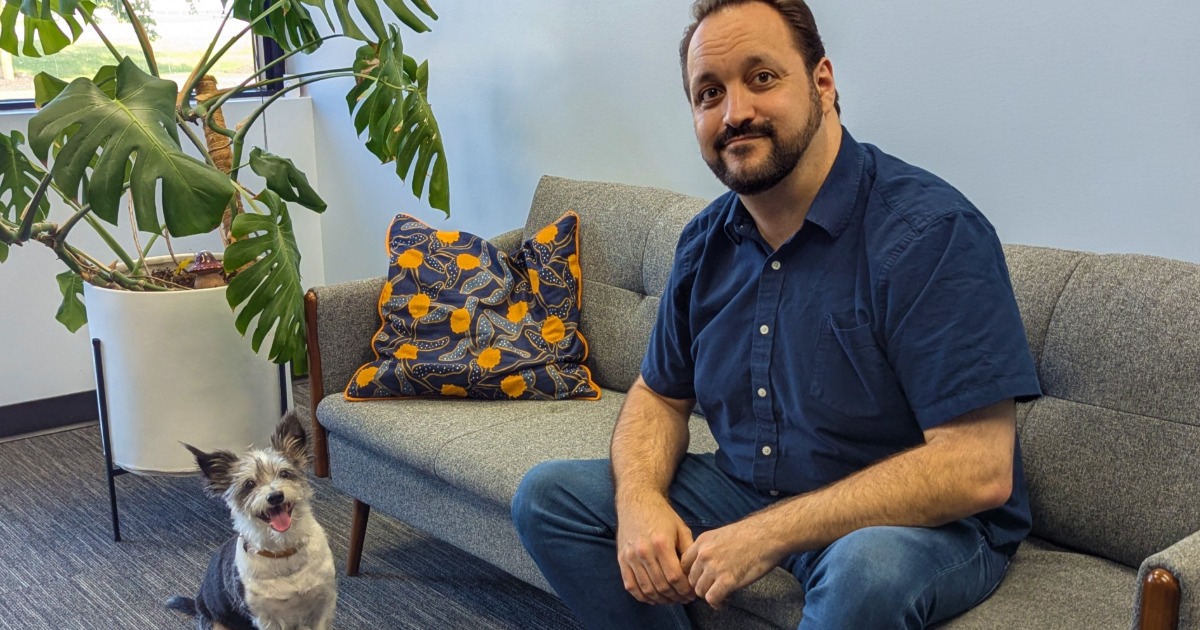For anyone who thinks walking the police beat on big city streets is a hard way to earn a living, ONC’s Jason Kunzman might just set them straight.
“I used to think law enforcement was a tough gig,” said Kunzman, a former Baltimore policeman. “Until I got into policy.”
Variations on that theme wove through three public and population health sessions on Tuesday here at the Government Health IT Conference, be that about electronic health records, information exchange, or distributed query, among others.
[Related: Public health's 5 big data hurdles.]
Kunzman, a project officer at ONC, questioned the perception that health IT will deliver “unbelievable improvements and dramatic changes” as easily as deploying the technology, and asked panelists if their experience proved that?
In Southeast Michigan, six major health systems run a variety of different vendors’ electronic health records products, according to Steven Grant, MD, executive vice president of physician partnerships at Detroit Medical Center.
“If you think they talk to each other or want to talk to each other, then you’re dreaming,” Grant said. “When everybody gets together they all make nice, when they get back to their office, they think about how to beat the brains out of each other so they can be the one standing.”
And even among those health entities that do want their systems to talk to each other, the health IT remains a challenge, with many issues yet to be sorted.
Take MITRE and the Massachusetts eHealth Collaborative, for instance. The organizations wanted to match 1.9 million patient records, and from the very beginning found, as expected, inconsistencies among quality measures of meaningful use.
[Part 5: How the big data tools ACA, HITECH enable will improve public health.]
“We did not find remarkable alignment of generating those clinical quality measures between the two systems. It is very challenging to do exactly what we tried to do,” said David P. Delano, senior program director, Massachusetts eHealth Collaborative during the session Empowering The Quality of Healthcare: A Pilot Study. “It’s a long journey, we won’t be there tomorrow.”
Given the discrepancies, in fact, MITRE and the Massachusetts eHealth Collaborative are embarking on a second phase in which they “are going to go patient-by-patient, painstakingly through every single record to see where those differences lie,” Delano added. “Hopefully that will inform policy and standards decisions.”
Small details on each patient add up to big data – which raises the question of how best to harness that information, according to Jim Kirkwood, of the Association of State and Territorial Health Officials. Kirkwood pointed to an example wherein government health agencies could use, say, Amazon’s cloud packed with public health and crowdsourced data such that Boston health officials could examine trends in New York City to gauge how a flu outbreak in NYC might hit Boston shortly thereafter.
“Public health is starting to understand that the incremental cost of adding a new field is” relatively low, but not the only question to ask, Kirkwood said in the panel discussion Population Management: Using Big Data Analytics to Manage Health. “You have to put a value on whether that’s better information than what we have now – the cost of using more data versus using what we have very well.”
Indeed, there are a number of pilot projects geared toward making better use of existing data. Erik Pupo, Deloitte’s senior advisor to ONC, cited ib2b, PoPMedNet, Mini-Sentinel, hQuery.
[See also: With eye on public health, Delaware, Michigan roll out clouds.]
Analytics can be key to finding insights into populations, said John Stinn, a specialist leader at Deloitte. He said using analytics to drive change in population health around the simulation of modeling and forecasting will be critical for us to manage populations effectively, to increase quality outcomes, to prevent illnesses and deaths, and promote wellness within specific populations.
“We’re about to embark on an avalanche of data,” Stinn said. “The systems, providers, patients and health agencies need to get their arms around it to manage population health outcomes.”
And a lot of that data will reside in EHRs and be shared via HIE, as well as - in some instances - in those Beacon communities with which ONC’s Kunzman works. There are 17 in total, and each has received on average $15 million to enhance health IT on the way to achieving the triple-aim of better patient care that improves population health at a lower cost.
“When looked at in their totality, our 17 beacons make up a microcosm of what’s going on around the country,” Kunzman said. “We know there are more beacon communities. We only have enough money for 17 – but we know there are beacon communities 18-50 out there.”
Related show coverage:
Former Governor's Douglas, Geringer: States to transform care through HIT
HIMSS what to expect at Government Health IT show
Government Health IT Conference to explore statewide HIE
Mobile health on tap at Governemnt Health IT show next week


